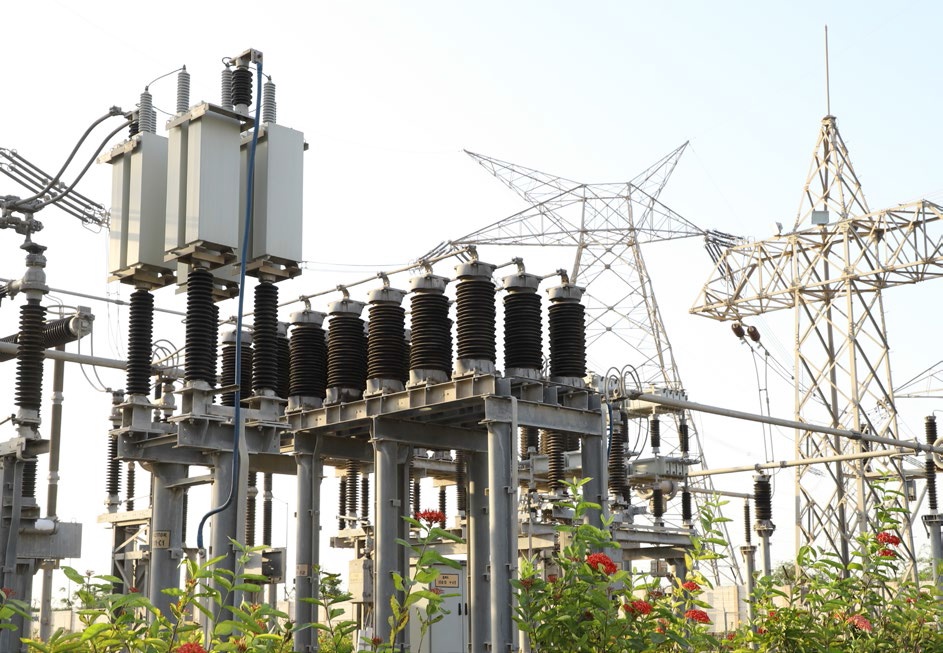The interstate transmission scheme housed under “WRSR Transmission Ltd” saw a 15 percent drop in L1 bids, after the e-reverse auction (e-RA) round.
In a special study by T&D India, based on official reports issued by CERC, it was found that aggressive bidding led to a significant 15.5 percent drop in tariffs between the initial price bidding and the e-RA stage, under the tariff-based competitive bidding (TBCB) modality.
In the case of WRSR Transmission Ltd – an interstate transmission scheme that was clinched by Adani Transmission Ltd – it was found that four bidders qualified to submit their price bids. Power Grid Corporation of India Ltd (PGCIL) was L1 at the initial bidding stage with a quote of Rs.252.505 crore. Tata Power, Adani Transmission, and Megha Engineering & Infrastructures Ltd (MEIL) were the remaining three in the L2, L3, and L4 orders.
Matters then proceeded to the e-reverse auction (e-RA) stage where aggressive bidding was witnessed. After as many as 57 rounds of bidding in the e-RA stage, the winning L1 quote turned out to be Rs.213.477 crore – that was 15.5 percent lower than the L1 at the initial bidding stage. This winning quote was provided by Adani Transmission Ltd (ATL), in the initial bidding stage, was L3 with a quote of Rs.327.00 crore. Thus, ATL, on its part, revised its own bid downwards by a massive 35 percent.
It is also a matter of interest to note that MEIL who was L4 at the initial stage chose not to participate in the e-RA process.
Aggressive bidding in the e-RA auction stage has been a subject widely discussed in the industry. K. Sreekant, CMD of PGCIL, also expressed this view during a recent investor conference. Industry experts feel that while e-RA is a mechanism to keep tariffs at a “competitive” level, the final winning tariffs could tend to become unrealistic. Developers could face immense pressure in having to complete the project on a tight cost schedule. Any unexpected cost escalation would make it difficult for the developer to honor the winning tariff, experts feel.
A significant drop in L1 quotes, before and after the e-RA, has been a general trend in recent times. A power transmission developer, on conditions of anonymity, said that unreasonably aggressive bidding during the e-RA stage could ultimately result in established developers keeping out of the race. No reputed developer would like to offer an unreasonably competitive quote, just for the sake of winning the project.
The 15 percent drop in L1 quote as discussed in this story is not an isolated case. In four ISTS schemes, awarded under the TBCB route, and for which CERC adopted tariffs this year, it was found that the L1 drop ranged from 4.9 percent to 15.5 percent. Apart from WRSR Transmission Ltd discussed in this story, the three other schemes were Gadag II-A Transmission Ltd (decline of 4.9 percent), Khandukhal Rampura Transmission Ltd (9.3 percent), and Kishtwar Transmission Ltd (13.4 percent). Further, except for Gadag II-A, it was found that the ultimately chosen developer was not L1 in the initial bidding stage.
Featured photograph is for representation only

